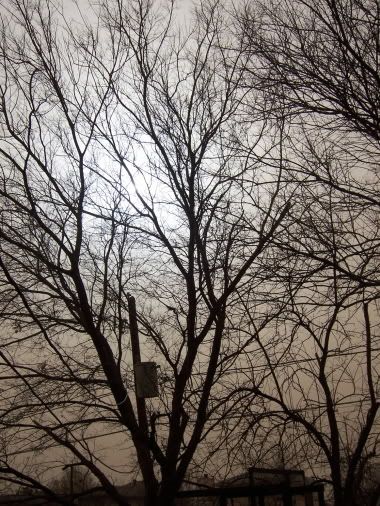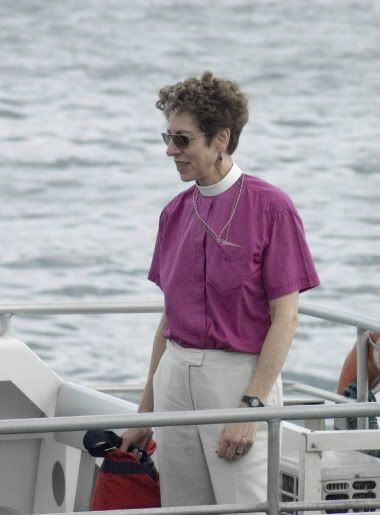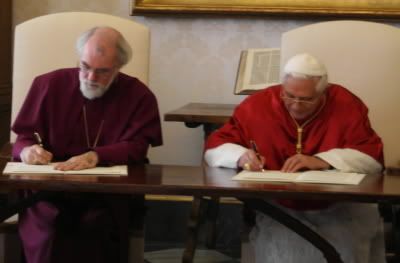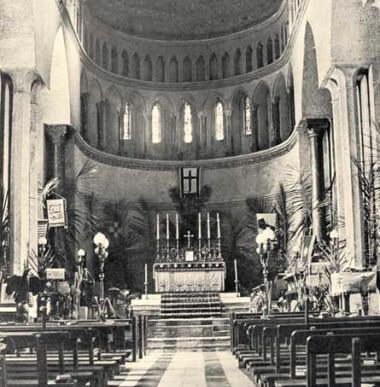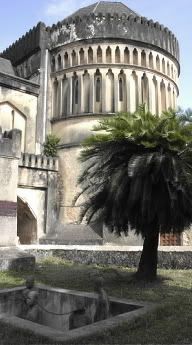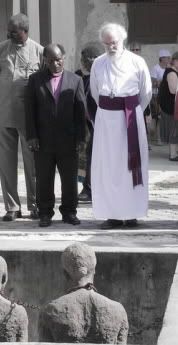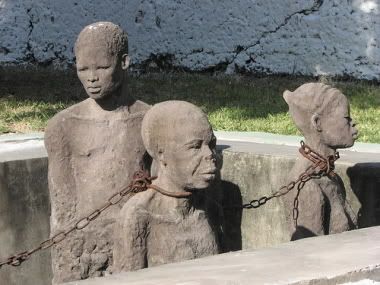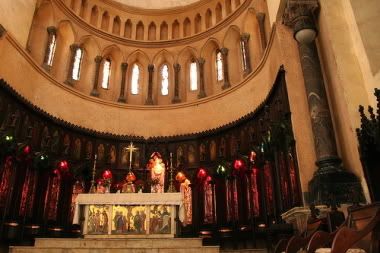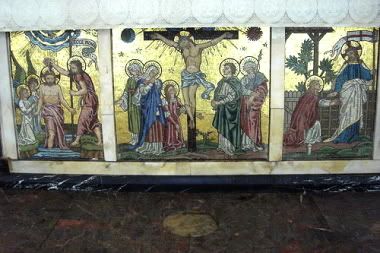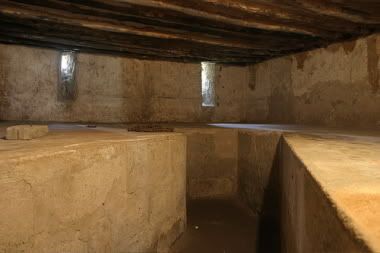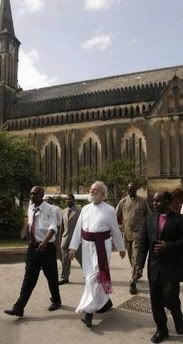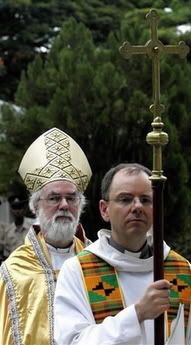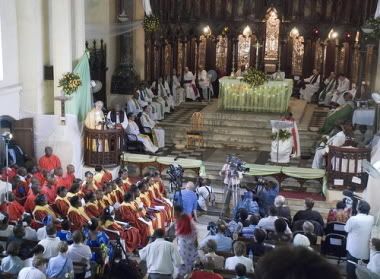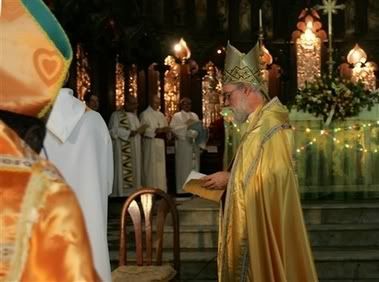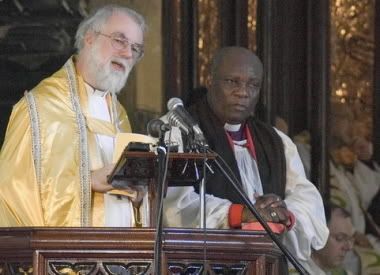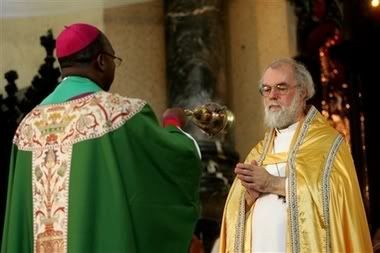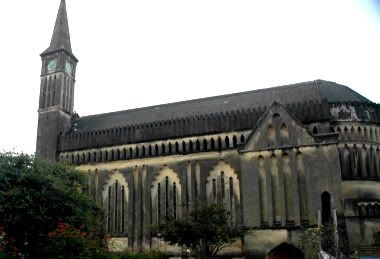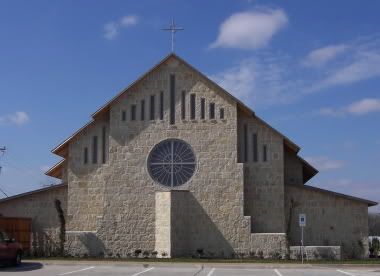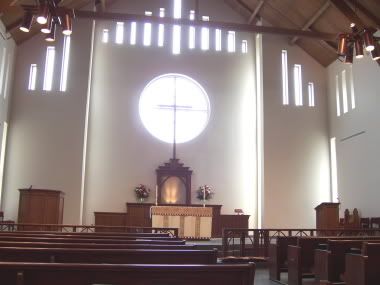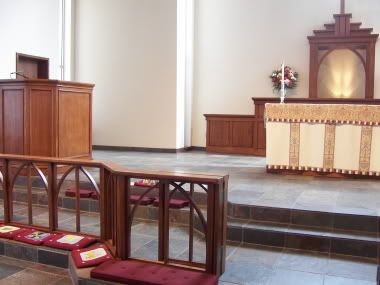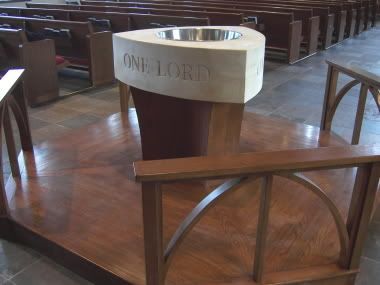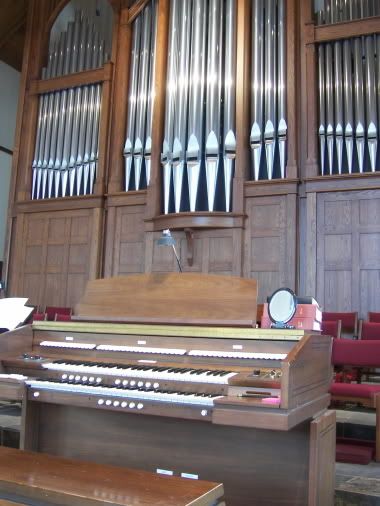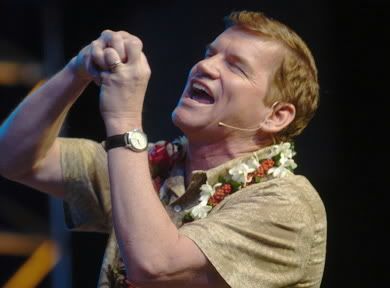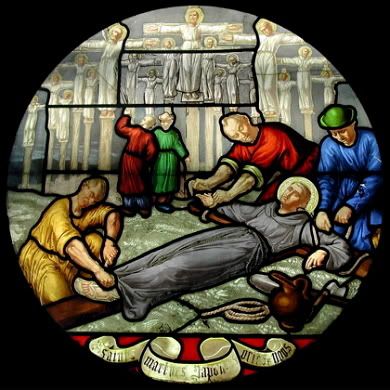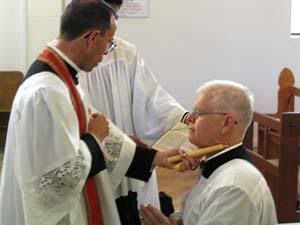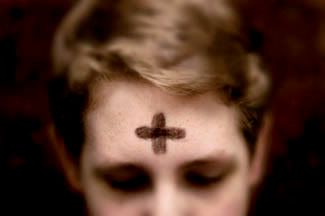
A sermon to begin Lent.
In 1969, one of the most successful self-help books of all time hit the shelves of bookstores across the country and was driven by curiosity and word of mouth onto the bestseller lists. It was Dr Thomas Harris’ book
I’m OK, You’re OK. The title phrase became a common part of our vernacular, and the book itself is still in print, 15 million copies later.
The book’s early chapters lay out the doctor’s theory of "Transactional Analysis" and then moves on to the kind of practical applications we would expect to find in a self-help book. The phase “I'm OK, You’re OK” describes one of four life positions that each of us naturally take. The four positions are:
1. I’m Not OK, You’re OK
2. I’m Not OK, You’re Not OK
3. I’m OK, You’re Not OK
4. I’m OK, You’re OK
Harris argued that the most common position is “I’m Not OK, You’re OK”. The reason is as children we see that adults are large, strong and competent and that we are little, weak and often make mistakes, so we conclude “I’m Not OK, You’re OK”. The focus of the book is helping laymen understand how their life position affects their communications (or “transactions”) with other people and how it shapes their relationships.
Toward the end of the book, the author tries to move the reader to reevaluate which one of those four life positions they
ought to have, and backing it up with religious philosophy comes to the conclusion that the best life position for you is to come to an equilibrium with the world in which you live, that is, to realization that “I’m OK, and You’re OK.”
Well my friends, not according to God. Indeed, every word and action that you encounter here today in scripture and in liturgy has but a single message: You are
not okay (and I certainly know I'm not okay). Instead, there is something desperately wrong with us. We are fatally sick; we are mortally wounded; we are deeply estranged, and it is time for me and you to get right with God.
You can hear the urgency in the voice of the Prophet Joel:
“Sound the trumpet in Zion.” Zion has always been the faithful people of God, those dear to his heart. The Prophet want us to call a fast to prepare for the coming judgment of God. Likewise, St Paul in his letter to the Corinthians—a hurting and deeply divided church—says
“be reconciled to God.” And,
“Now is the acceptable time; now is the day of salvation.”Our faithful obedience is pleasing to God, but we have failed miserable at it. Consider the story of King Saul.
“To obey is better than sacrifice,” Samuel pointed out to the King as we was getting his offerings ready (1 Sam 15:22). It was a sad moment because Saul had squandered his last chance at redemption. The Prophet said,
“I will not go back with you. You have rejected the word of the LORD, and the LORD has rejected you as king over Israel!”As the Prophet Samuel turned to leave, Saul lunged at his in desperation. He caught hold of the hem of the prophet’s robe, and it tore. Samuel looked back at this miserable king lying with his face on the ground and said to him,
“Today the LORD has torn the kingdom of Israel and has given it to one of your neighbors—to someone better than you.” Saul did not take advantage of the mercy given to him by the Lord, and in his rebellion, Saul let that opportunity pass him by.
Like Saul, all of us have fallen into disobedience. At different times and different ways, we have turned away from God. I’m not OK, You’re not OK. We have sinned and fallen short of the glory of God, as St Paul wrote. As we heard just a Sundays ago in the 17th chapter of Jeremiah,
“The heart is deceitful above all things and desperately wicked. . . Cursed is the man who trusts in man, depending on his own strength, whose heart turns away from the Lord. . . Blessed is the man who trusts in the Lord.”We were created for obedience, for fellowship, for life with God. And yet we have disobeyed, broken God’s trust, and rejected life with him. That fact is not without it’s consequences. We feel the consequences of poor choices in daily life—in broken relationships, in lost trust, in squandered opportunities. And yet that does not begin to compare with the eternal consequences we face from those deliberate transgressions of our heavenly Father’s will. Still, I think we hardly have any real sense of the gravity of sin and the reality of God’s wrath and judgment.
I remember after hurricane Katrina, there was the mayor or some official down in New Orleans who made some comment like, “We ought to consider if this might be a sign of God’s judgment.” I hope you heard some of the ridicule that met that statement.
How dare he say something like that! How dare he be so insensitive and judgmental! Who does this guy think he is? Maybe you were thinking the same thing. Maybe you even thought it when I suggested that you might not be “okay.” As a culture, we have grown totally intolerant of such ideas.
I think a big part of that is me . . . and preachers all across our nation like me. It has become unfashionable to speak about God’s judgment in the pulpit. That’s something that I want to repent of right here and now. Sometimes we need to hear the bad news to appreciate the good news and embrace the good news. You may think it unpleasant, outlandish, audacious, or ludicrous. But I’m not here to tell you what you want to hear. I’m here to tell you what you need to hear. I’m here to telling you the way it is.
I think St Paul captured it in his letter to the Roman church. He begins his theological treatise on the gospel with this statement:
“The wrath of God is being revealed from heaven against all the godlessness and wickedness of men” (Rom 1:18). He then proceeds to describe humanity’s rejection of revealed truth and corresponding descent into idolatry and moral depravity.
St Paul continues,
“As they did not see fit to acknowledge God any longer, he gave them over to a depraved mind, to do what ought not to be done. They have become filled with every kind of wickedness, evil, greed and depravity. They are full of envy, murder, strife, deceit and malice. They are gossips, slanderers, God-haters, insolent, arrogant and boastful; they invent ways of doing evil; they disobey their parents; they are senseless, faithless, heartless, ruthless. Although they know God’s righteous decree that those who do such things deserve death, they not only continue to do these very things but also heartily approve of others who do them.”What a close-minded fellow! You might think the same about me. But it is a message we need to hear and listen to, not only in Lent, but throughout the year. The Book of Joel points out our opportunity for mercy.
“Yet even now,” saith the Lord, “return to me with all your heart, with fasting, with weeping, and with mourning; and rend your hearts, not your garments.”In the Gospel, Jesus stresses the importance of sincere piety. Repentance goes to the deepest level in the heart. It is something that is intensely personal, and penance for show is ultimately a futile effort.
God offers us mercy because he wants us to accept his mercy. Let us take full account of our need for mercy. Let us fast and do penance and mourn our sins. As your forehead is marked with a cross of ashes mixed with the oil of the sick, take account of the shape of mercy that you bear in your life.
If you haven’t figured it out by now, I’ll say it again: “I’m
not okay; You’re
not okay.” But he’s okay (pointing to the figure of Jesus), and he really loves you and me. After laying out the bad news in his letter to the Romans, St Paul relishes in the good news.
“God demonstrated his love for us in that while we were yet sinners, Christ died for us” (Rom 5:8).
